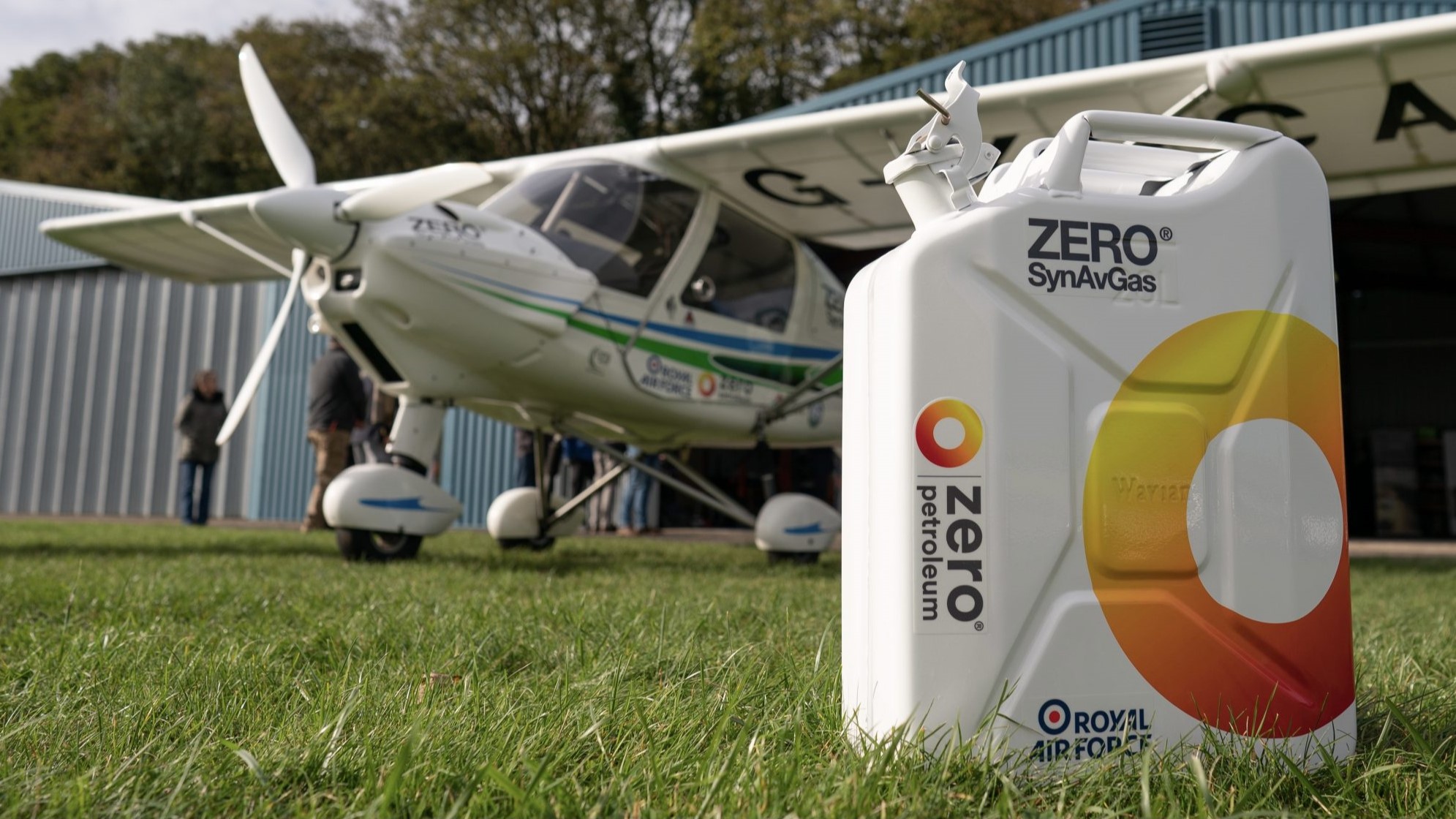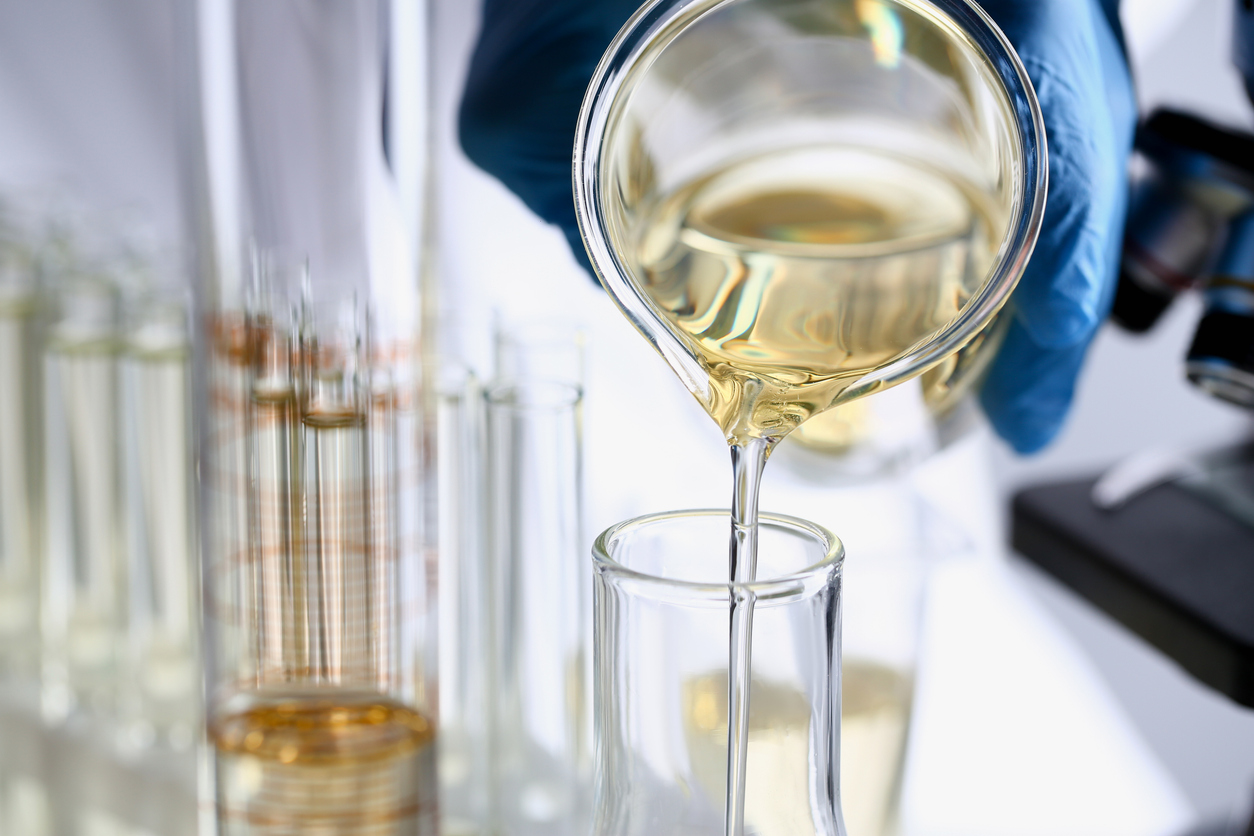
The New Zealand Infrastructure Commission, Te Waihanga has given the Minister for Infrastructure a draft strategy which sets out a path for New Zealand to overcome major infrastructure challenges and meet future needs (https://www.tewaihanga.govt.nz/).
A useful feature of the Te Waihanga website is the "Search pipeline", which allows you to search the database of infrastructure projects for those that relate to a specific sector or a region. A search of the pipeline for energy sector projects will yield eight results. These are projects in progress or planned over the next ten years. Of these eight, only two relate to new electricity generation:
- The Tauhara geothermal power station in the Waikato under construction by Contact Energy (152MW)
- The Harapaki Wind Farm under construction in the Hawkes Bay by Meridian Energy (176MW)
While this additional 320MW of power is a welcome addition to the generation capacity of New Zealand, the country will need a lot more than this if it is to achieve net zero emissions by 2050. All signs are that the Tiwai aluminium smelter will remain open after 2024, which means that the approximately 800MW of power consumed by the smelter will not become available for other uses such as hydrogen generation and electric vehicle charging.
New Zealand needs to plan now and start construction as soon as possible for additional generation using all available forms of renewable energy:
- wind, both on-shore and off-shore as proposed by Venture Taranaki (report),
- tidal and wave energy, and
- geothermal.
Removing carbon emissions from the transport sector is going to require a mix of battery electric vehicles, hydrogen fuel cell vehicles and synthetic liquid fuel. All of these will require more electricity than we currently have available. If we are to make progress with decarbonisation, additional generation capacity is urgently needed.
For instance, to de-carbonise domestic aviation, the 400 million litres of aviation fuel used (2019 figures) must be replaced with the equivalent volume of synthetic fuel, because aircraft cannot currently operate with either batteries or hydrogen fuel cells. Approximately 25kWHr of electricity is required to produce a litre of synthetic fuel, so 400 million litres over a year will require about 1160MW continuous supply. The good news is that we can expect development of the synthetic fuel technology to bring this requirement down in the future.
Come on New Zealand, lets get more electricity generation planned and built. We need to be serious about this if we are to meet the goal of being carbon zero by 2050. The time for action is now!
Recent blogs




